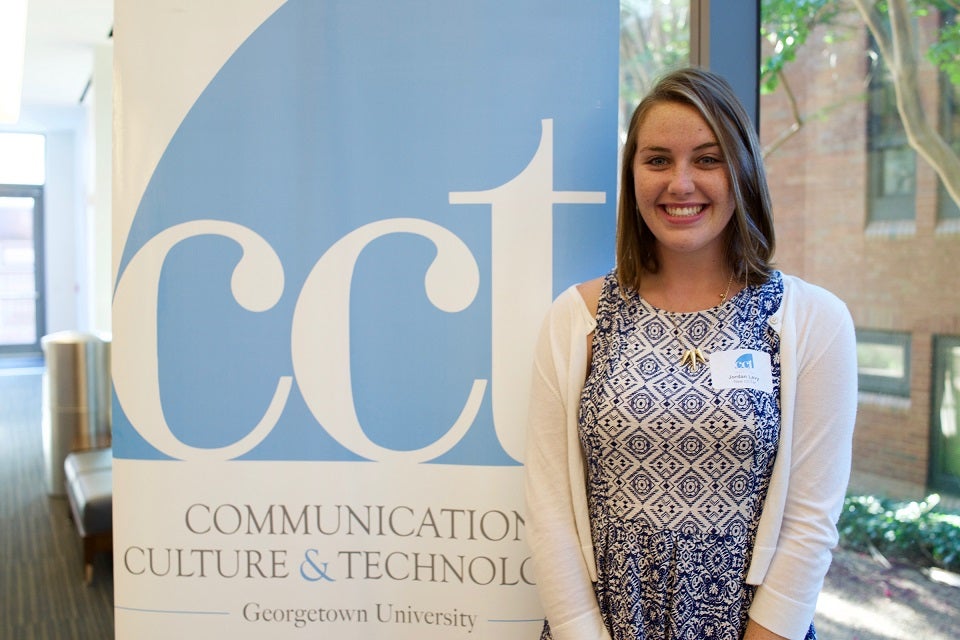Jordan N. Levy, CCT 2nd-year
Posted in News | Tagged Internships

Name of Internship organization:
Smithsonian National Museum of Natural History
Length of internship:
Spring 2018
Briefly describe the mission of the organization and what your role was.
The Mission: While interning at the Museum of Natural History, I was part of a research team in the invertebrate zoology department, specializing in marine biology. Specifically, I worked with Dr. Chris Meyer on the ARMS project.
The ARMS project is an acronym for Autonomous Reef Monitoring Structures. ARMS are akin to marine condominiums, built of industrial plastic and deployed in coral reefs around the globe to monitor marine biodiversity. ARMS are always deployed in sets of three at each location to ensure consistency of marine data. The ARMS were designed to be passive indicators of marine life, where previous marine research methods were more invasive and garnered less-consistent data.
The ARMS plates stay submerged for one year, after which they are retrieved, photographed with a high-resolution camera, scraped, and sequenced for marine DNA. This method is standard across all ARMS plates and geographic locations to ensure controlled data groups with matching images. The goal of the ARMS program is threefold: to uncover new marine species, to establish a link between tourism and marine life, and to standardize a method of passive marine data collection across the globe.
My Role: For the first half of my internship, my main duty was image manipulation: I was responsible for transforming the ARMS raw images into the final edited versions. Each ARMS unit has 17 levels and each of these levels (also known as plates) are photographed in 15 separate high-resolution images. It was my job to use the Adobe Creative Suites to merge these images together to create a comprehensive image of the entire plate. Once each plate was merged, I standardized the color balance, exposure, and white balance to ensure that every plate had the same standard of color. Then, I would crop the image to a set size for future use in publications and composite collages. I merged hundreds of ARMS plates over the course of 4 months. Once the individual photo manipulations were complete, I created site composites of all the ARMS plates to compare variations in marine biodiversity across different geographic locations, ocean depths, and levels of tourism.
The second half of my internship focused on the ARMS web re-design. The old Global ARMS Program website was not aesthetically appealing to the general public as it was primarily viewed by scientists who understand the industry language. I created a new website for the Global ARMS Program that was more public-facing than the previous site. My website featured attractive images and video headers to immediately capture the visitor’s attention. My website also includes background information on the ARMS project, as well as why the program matters, and a breakdown of its more scientific components.
How did your CCT studies inform your experience of this internship?
CCT granted me to two skills that prepared me for this internship:
- The knowledge of how to use several different design platforms, and the courage to explore emerging platforms.
- The appreciation for working with people from backgrounds different than my own.
How do you think the internship will inform your CCT student experience?
After successfully working with people from backgrounds different than my own (mainly marine biologist and geneticists), I am no longer hesitant to apply for jobs outside of my normal comfort zone. Working in an environment where I was the only person using design software made me feel valued and unique.
How did you find out about this internship?
I discovered a posting for an intern position on the Smithsonian website.
Check out more student internships at the Internship Spotlight.
